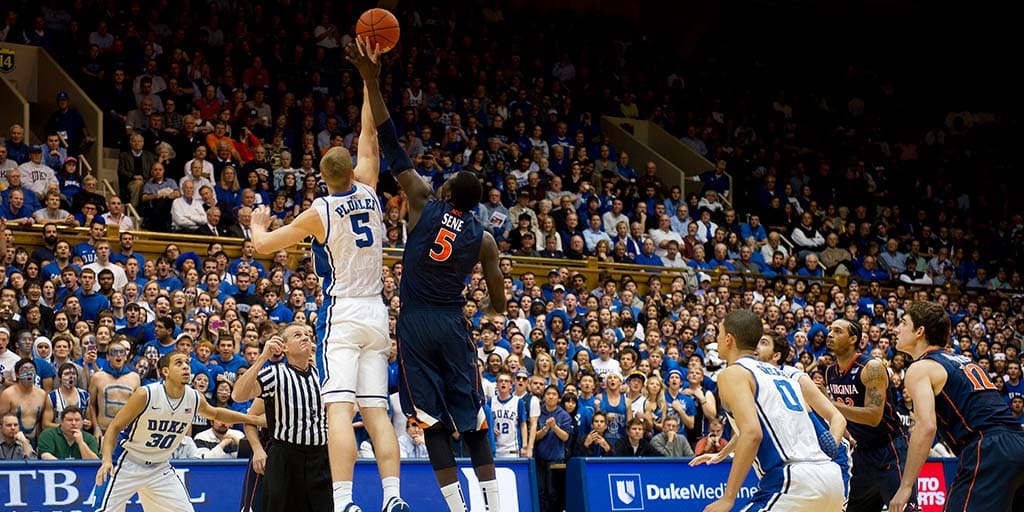
A Look Back: Setting the Stage
The last two tournaments set the tone for what to expect in 2025. In 2023, 16-seed Fairleigh Dickinson pulled off one of the greatest upsets in March Madness history by knocking out 1-seed Purdue in the first round — a reminder that seeding only matters when the final buzzer sounds.
In 2024, UConn reinforced its place as a modern powerhouse by winning the national championship and following up with another deep, dominant run. Those seasons underline that momentum, matchups, and clutch moments often matter more than rankings.
What to Watch in 2025
Format & Fundamentals
The tournament again features 68 teams: automatic qualifiers from conference champions and at-large selections chosen by the selection committee. The event is single-elimination across four regions, beginning with the First Four play-in games and moving through the First and Second Rounds, Sweet Sixteen, Elite Eight, Final Four, and the national championship.
Key Storylines
- How deep do the top seeds run — will there be upsets or relative stability this year?
- Which mid-seed teams rise as dangerous upset candidates based on matchups and recent form?
- Which programs return experienced cores and veteran coaches capable of navigating a tough bracket?
- How will injuries, transfers, and late-season momentum affect bubble teams and bracket projections?
Favorites & Contenders
Traditional power programs and any team that finished the regular season strongly should be near the top of most models. But expect volatility: teams with hot offenses, elite perimeter defense, or matchup advantages can quickly become bracket-busters.
2025 Betting & Futures
Futures markets are especially active during March. Typical approaches include balancing conservative picks (established programs, deep rotations) with a few calculated long-shot plays (mid-seed teams with upside). Matchup and path analysis — not just raw seed — often yields the best value.
Quick Primer: How the Tournament Works
First Four
The First Four consists of four play-in games that finalize the 68-team bracket. These games feature the lowest at-large selections and the lowest automatic qualifiers.
First & Second Rounds
The field of 64 plays single-elimination games to reach 32, then 16 teams. Standard seeding matchups apply (1 vs. 16, 2 vs. 15, etc.). The first weekend reduces the field from 64 to 16.
Sweet Sixteen & Elite Eight (Regional Rounds)
The remaining 16 teams compete within their regions to produce four regional champions across the Sweet Sixteen and Elite Eight rounds. Regional finals determine the Final Four participants.
Final Four & Championship
The four regional champions meet for the Final Four weekend. Semifinal winners advance to the national championship game, traditionally held on Monday night.
Recent NCAA Champions
| Year | Champion | Runner-Up |
|---|---|---|
| 2022 | Kansas | North Carolina |
| 2023 | UConn | San Diego State |
| 2024 | UConn | Purdue |
Note: Historical adjustments (such as vacated titles) are part of the official record and occasionally affect lists like this.